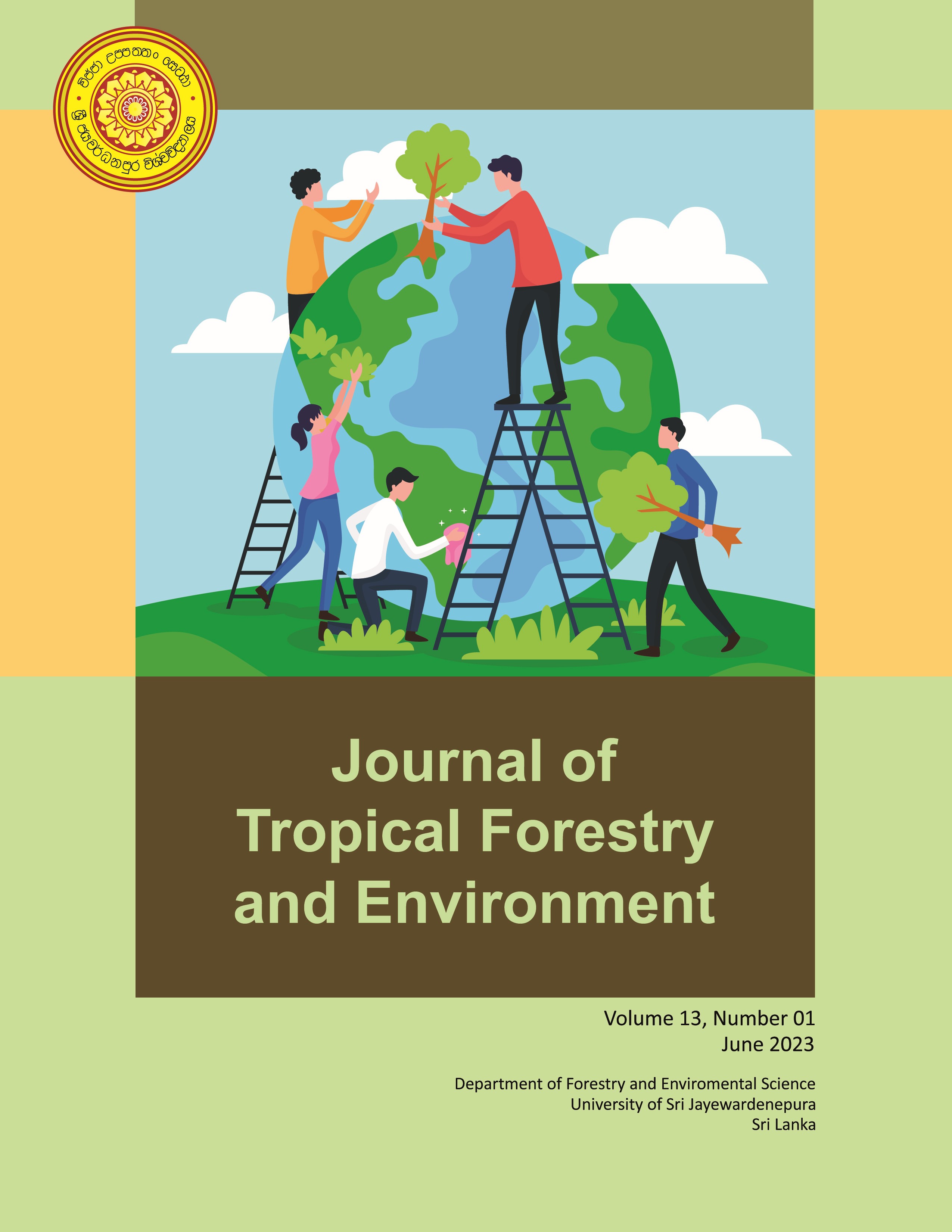Restoring Nature's Song: How Habitat Restoration Benefits Avifauna
DOI:
https://doi.org/10.31357/jtfe.v13i01.6506Abstract
Habitat restoration has proved to be a vital strategy in combating the widespread biodiversity loss caused by habitat degradation across the globe. The key roles played by avian species in critical ecosystem functions such as pollination, seed dispersal, and decomposition have made them an integral part of ecosystems, making them vital to the restoration process. Their detectability and cost-effective survey methods have positioned avifauna as focal species in ecological restoration research. This article delves into the effects of habitat restoration on avifaunal distribution, revealing a tapestry of positive outcomes. Restored habitats witness increased avian community diversity and evenness, heightened habitat heterogeneity, and greater densities of avian and migratory species. Avifauna's presence also facilitates breeding success, reduces nest parasitism, and fosters additional foraging and breeding grounds. Furthermore, habitat restoration has shown remarkable successes in reviving songbird populations in fragmented forests and rescuing endangered species like red-crowned cranes. In light of the transformative impact of avian restoration, understanding the effects of restoration on avifauna is pivotal in guiding management activities of restored sites. Implementing strategic management approaches such as predator control, maintaining habitat heterogeneity, controlling nest parasites, reintroducing natural disturbance regimes, and selecting appropriate plant species ensures a nurturing environment for avian survival. Additionally, promoting a heterogeneous environment in aquatic systems has proved crucial in enhancing bird diversity. Improving ongoing research and adaptive management practices further empowers restoration efforts, allowing us to compose a symphony of avian abundance, resilience, and harmonious coexistence with the natural world.
Downloads
Published
How to Cite
Issue
Section
License
The publisher retain the copyrights of contents published, and all open access articles are distributed under the terms of the Creative Commons Attribution-Noncommercial-No Derivative Works 3.0 Unported License[U1], which permits unrestricted use, distribution and reproduction in any medium, provided that the original work is properly cited.
You can download the Legal Code for this License at: http://creativecommons.org/licenses/by-nc-nd/3.0/legalcode


